Cartoon Physics: How to use Physics and Mathematics in Animation
To date, almost any spectacular movie or cartoon can not do without computer graphics. With her help, everything is done - from adding crowds of extras in "Gladiator", to modeling a giant virtual beat in "The Game of Thrones".
However, as you know, in order to shoot a really high-quality film it takes a lot of time and money. Therefore, at one time, directors and producers decided to call on scientists, hoping that they will be able to do with the help of mathematical equations and computer graphics in the field of special effects what is needed for cinematography, and it is very realistic and relatively inexpensive.
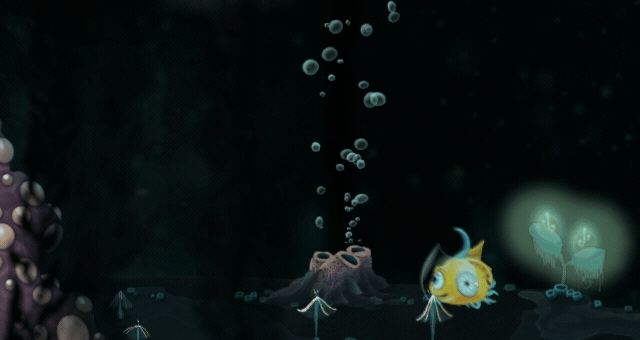
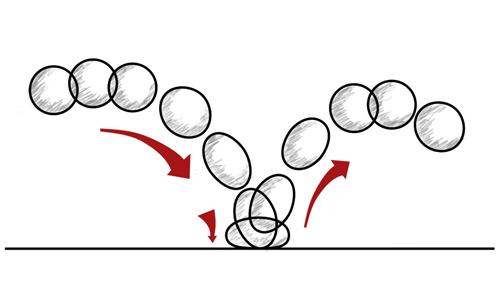
The first result was a solution to the problem of automating the movement of simple objects, such as a ball or a star. The physics and mathematics of such movements was very simple, so calculating the transfer of an object to a new position for each subsequent frame was a fairly simple task.
Over time, the well-known Newtonian laws of motion were similarly used (you can read here). Which in animated films were used in a much simplified version, which made it possible to save time and of course money.
Of course computer animation is limited by our understanding of the physical world, but the special effect is not required to correctly implement all the physical laws. Here the task is completely different - to do something that would look natural and cost as cheaply as possible.
But some phenomena from everyday life: the movement of water, clouds, smoke - all the same created a lot of problems in computer modeling. And in order to make these images more real, several methods were used:
- First - is to try to approach the solution of the problem with a large and rather mysterious equation representing the behavior of all this mass. Or consider this object as a cluster in the form of fragments.
- Second - this branch of the field of research, known as computational fluid dynamics, which is more practical to use.
Therefore, to model "natural diversity" animators decided to adapt the methods used in physics, breaking the space occupied by the liquid into a lot of small volumes, each of which was processed separately.
For each such volume in each frame, the force acting between the fragment and its neighbors was calculated, as well as other external forces such as gravity. And then proceeding from the results, the program determined the speed and pressure that the liquid should have at the center of any cell. Then to represent the motion, the program considered the space occupied by the liquid as thousands of particles randomly scattered around the cell components.
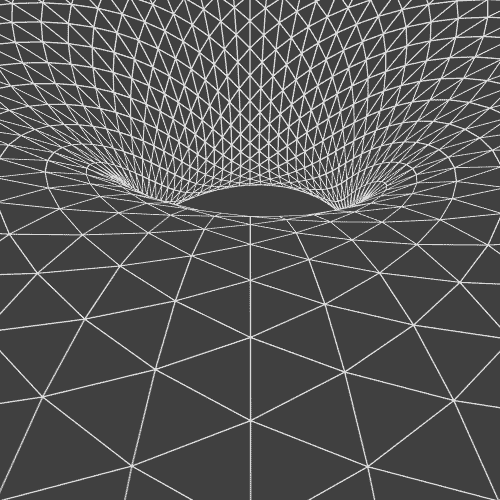
Next, the program calculated the intermediate speeds at these points and set where to move all these particles in the next frame. After that, the program used these coordinates to construct a smooth surface depicting the liquid. Real fluids do not really work in this way, but this method produced very realistic effects.
Virtual "shredding"
The possibilities for the complete reconstruction of a three-dimensional world on a computer by animator artists are often considered a blessing and a curse at the same time:
- On the one hand, careful reproduction of characters and the surrounding environment makes it possible to shoot from any angle and allows you to easily manipulate the characters with the help of commands.
- And on the other hand, almost everything in every scene must have carefully defined physical characteristics and boundaries, so that there are no overlapping and overlapping.
However, if the creation of a realistic situation, posed many problems. That reconstruction of realistic soft or fluffy fabrics could completely plunge any animator into a state close to despair. After all, such objects move and reflect light so hard that sometimes the reproduction of their dynamics seems completely impossible.
Therefore, for the most realistic animation of characters like that of the Spryke fish from the video above, professional animators use special programs that implement the laws of physics. One of these programs is FIZT - short for the physic tool, which takes into account everything: gravity, wind, water and fog, the impact of collisions with each other.
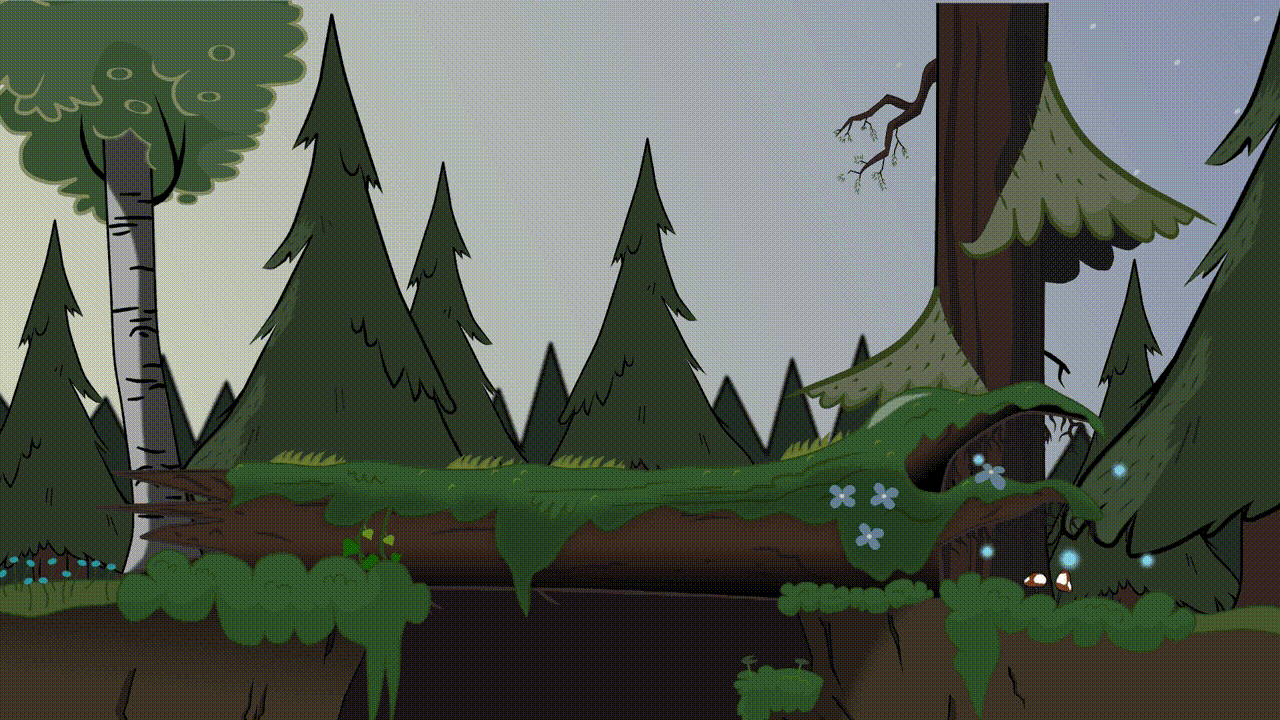
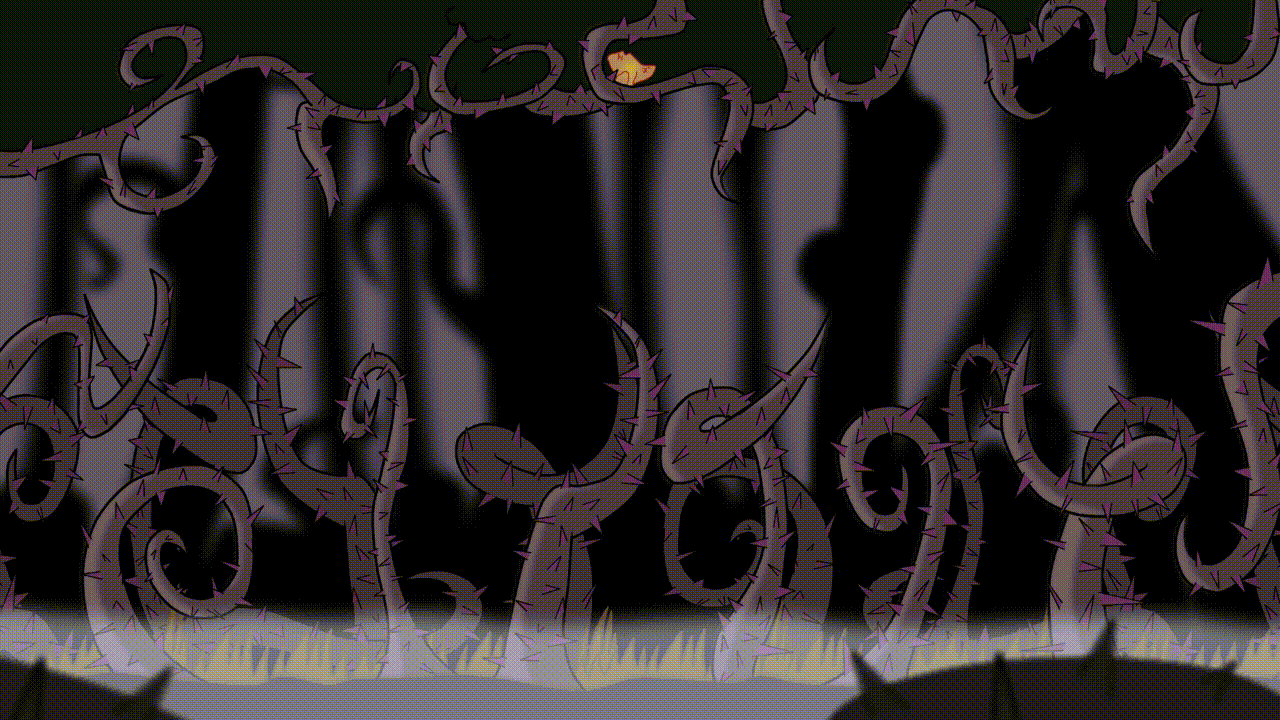
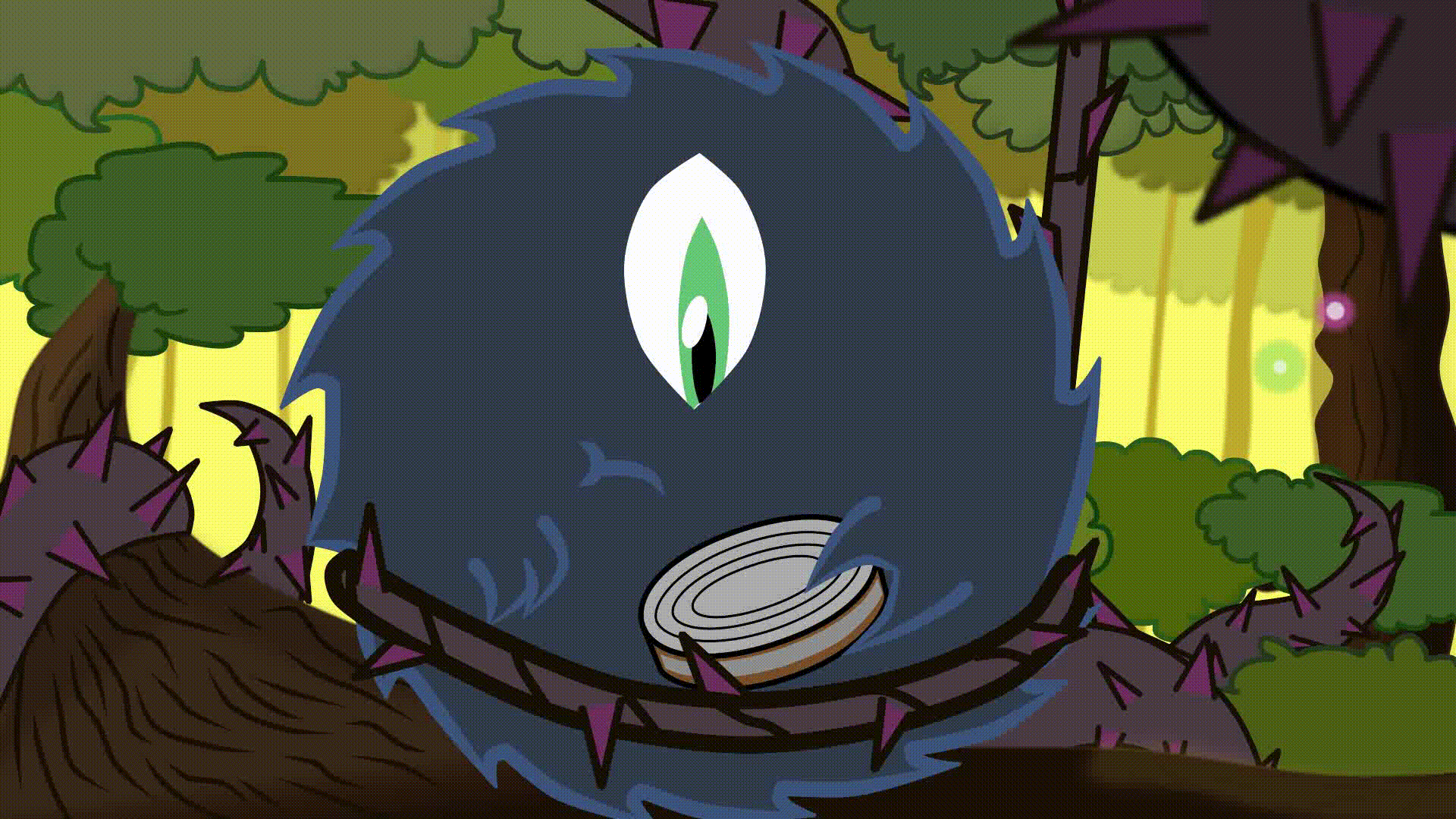
Gif's drawed in Anime Studio Pro - by @floxxy
In movies, a similar program was used to draw a character naked - a skeleton of a character or hero was drawn, which consisted of many bones or springs. And then the material was transferred into the hands of a simulation group that dressed the character in a "digital hide" or clothes, added folds, glare, shadows. Such an original process is called a virtual "raspropyvaniem."
Principal Problem
And yet the most difficult thing in animation is the reproduction of people. With this statement, probably almost everyone who works in the graphic industry can agree. Not to mention the subtle nuances in the image of the human face, no program has so far been able to adequately simulate the natural movements of the body with the help of equations.
Therefore, the task of recreating a living being will always be more difficult than the passive simulations of the dynamics of liquids. And people are very difficult to animate for the reason that we are very nontrivially arranged. After all, it is very difficult to get right and naturally wrinkle the skin or create the impression of contracting muscles under it.
But the most significant inconvenience is that over millions of years of evolution we have become extremely sophisticated in analyzing the characteristics of individuals and bodies. For example, many of us can easily distinguish a false smile from the present - but you can not explain this to the program ...
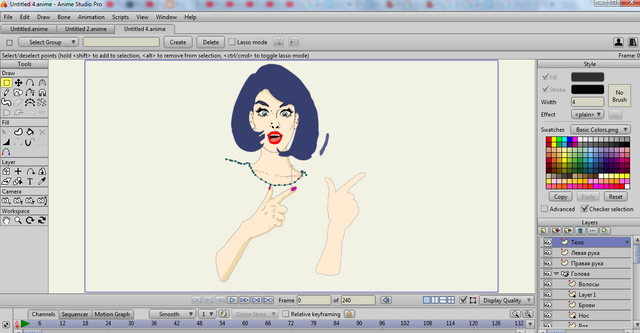
My unfinished human project in Anime Studio Pro - by @floxxy
Therefore, in order to get the character to move, animators use programs that represent the object as a collection model from separate parts of the body, for example - Anime Studio. Where a large number matrix determines how all these parts move together in space and what are the restrictions imposed on each of the parts.
In a sense, animators act like puppeteers, working on the control points provided by the animation program to move parts of the virtual body or to add expressive facial expressions. The simplest character in this case can have 700-800 points of animation. Just an eyebrow for example, some heroes can bend up to six times to create a realistic arch or wrinkled skin.
Realizing your project, you should never forget that the main task of any film, cartoon, games - is a story of history. After all, in a technically complex animation project, you can easily overdo it, sacrificing the basis of the project itself - the story itself. And then, despite all the wonders of computer graphics, the project will prove hopelessly disastrous.
Congratulations! This post has been upvoted from the communal account, @minnowsupport, by floxxy from the Minnow Support Project. It's a witness project run by aggroed, ausbitbank, teamsteem, theprophet0, someguy123, neoxian, followbtcnews, and netuoso. The goal is to help Steemit grow by supporting Minnows. Please find us at the Peace, Abundance, and Liberty Network (PALnet) Discord Channel. It's a completely public and open space to all members of the Steemit community who voluntarily choose to be there.
If you would like to delegate to the Minnow Support Project you can do so by clicking on the following links: 50SP, 100SP, 250SP, 500SP, 1000SP, 5000SP.
Be sure to leave at least 50SP undelegated on your account.